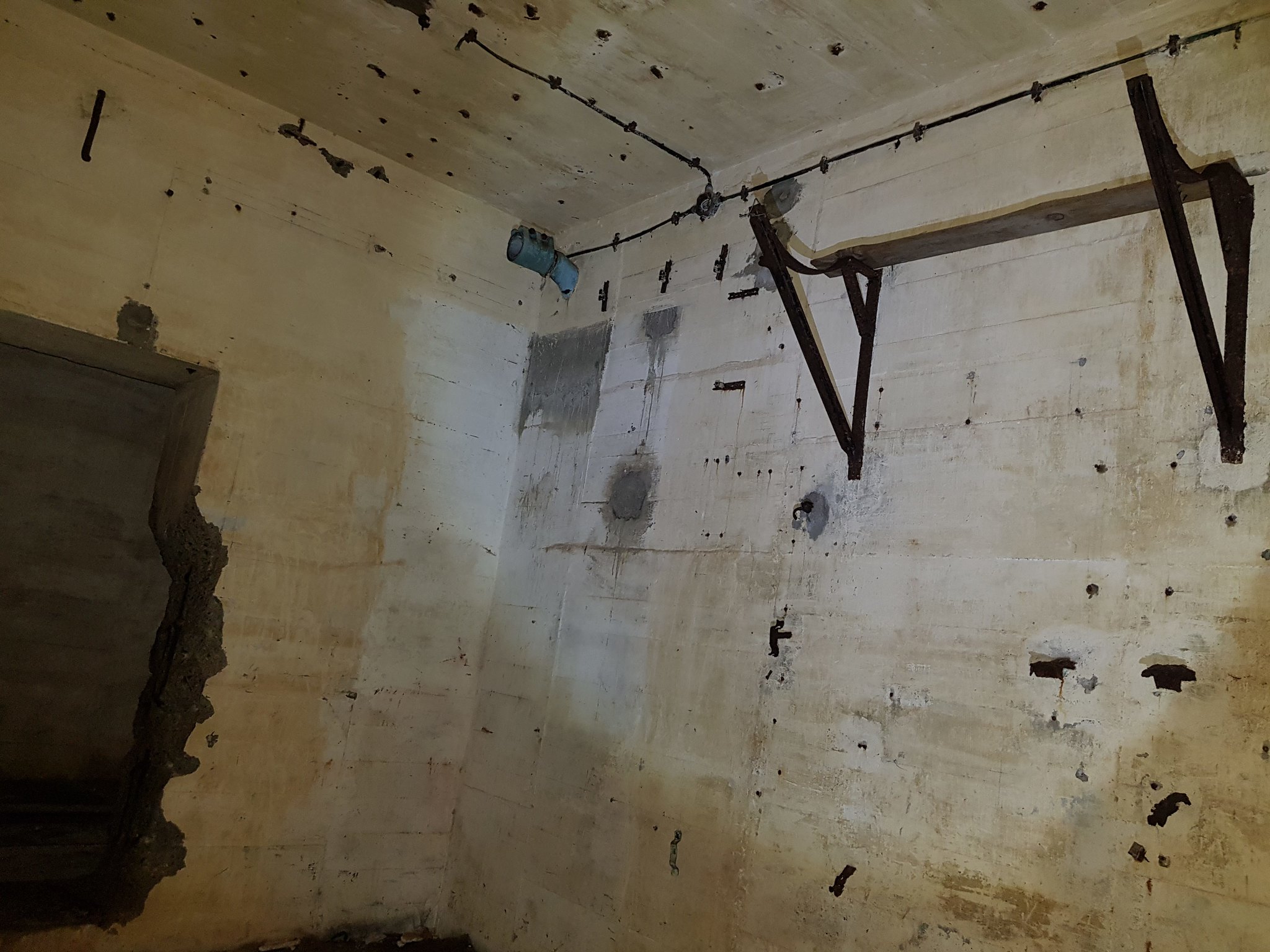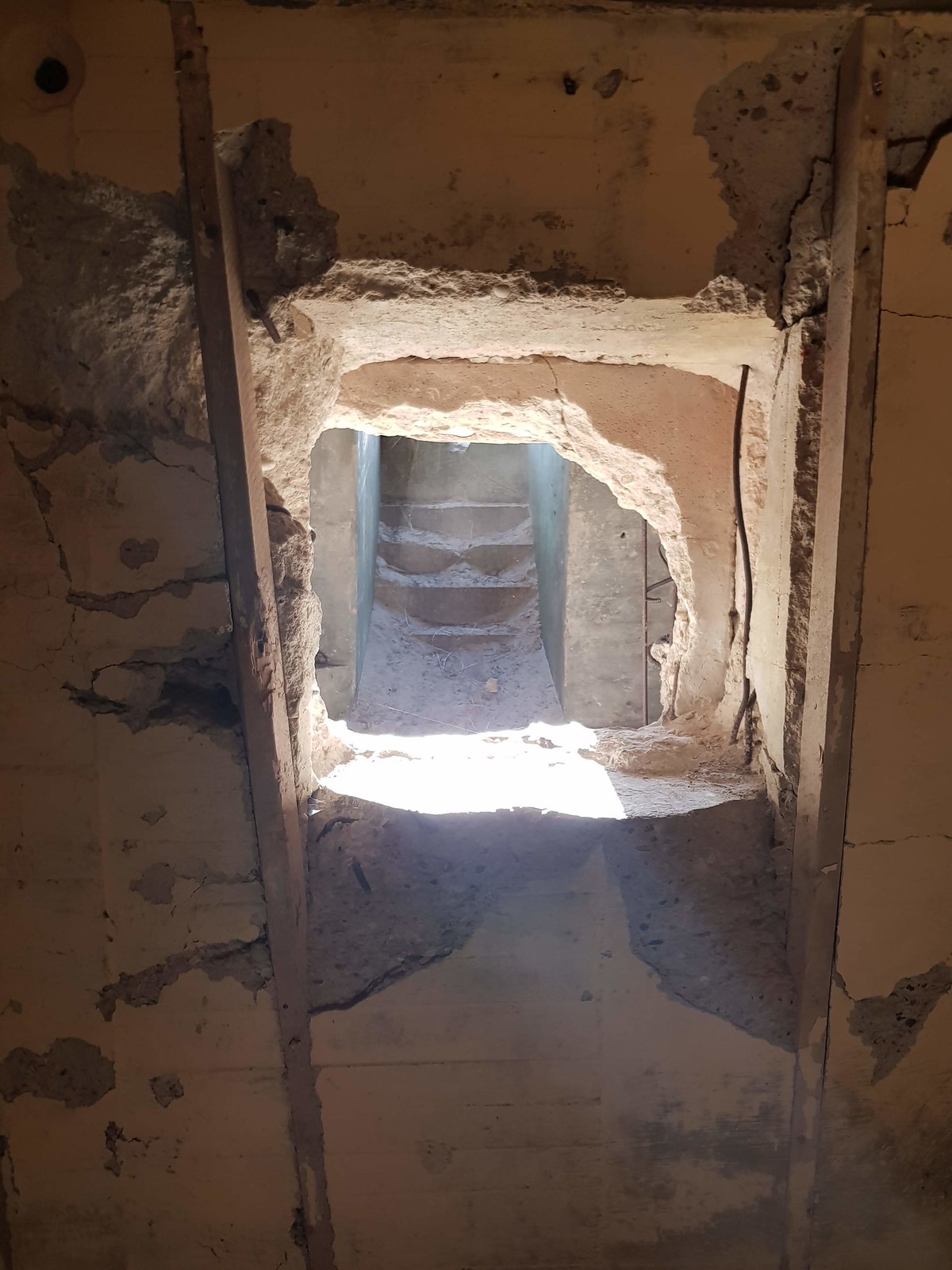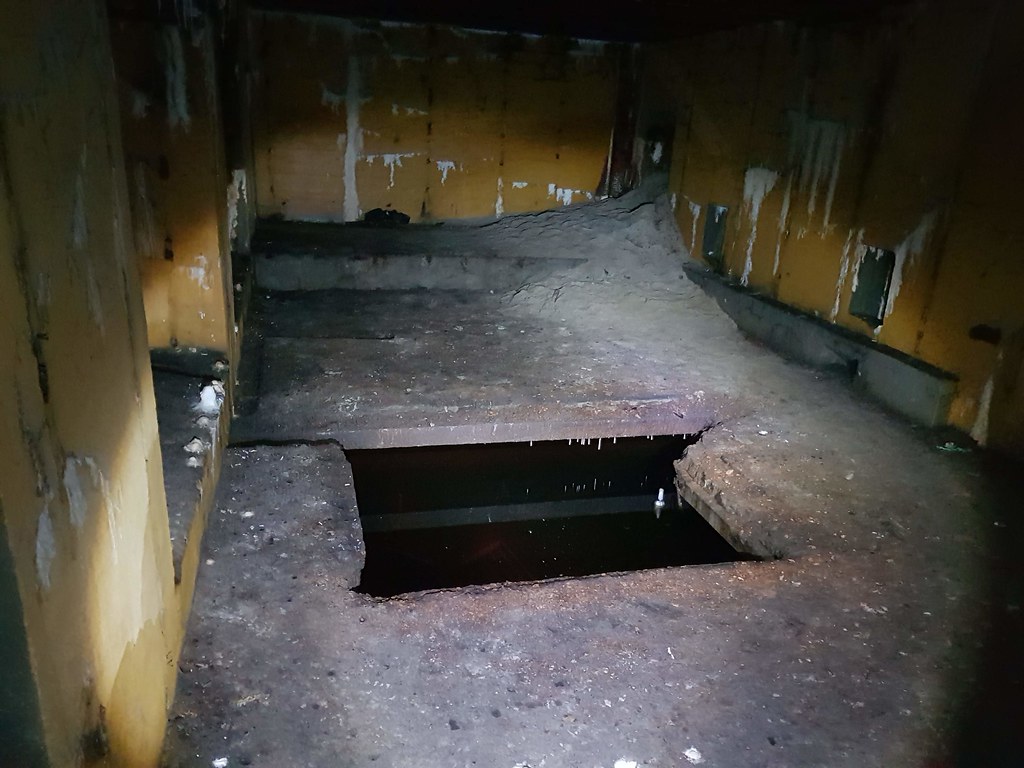Uncovering the Secrets of the Atlantic Wall
The Atlantic Wall was a massive fortification system built by Nazi Germany during World War II, stretching from Norway to Spain. The wall was designed to prevent an Allied invasion of Western Europe, and was one of the largest construction projects of its kind in history. Today, the remains of the Atlantic Wall still stand as a testament to the ingenuity and engineering prowess of the Nazi regime.
One of the most fascinating aspects of the Atlantic Wall is the network of bunkers that were built to protect the coastline. These bunkers were designed to withstand air raids and naval bombardment, and were strategically placed to provide maximum coverage of the coastline.
The bunkers were constructed from a variety of materials, including concrete, steel, and brick. They ranged in size from small pillboxes to massive complexes that housed hundreds of soldiers. The bunkers were often interconnected by underground tunnels, allowing troops to move quickly and safely between them.
Exploring these bunkers is an eerie and haunting experience. The walls are often covered in graffiti and other markings left by previous visitors, and the silence is punctuated only by the sound of dripping water and the occasional scurry of small animals. As you move deeper into the bunkers, the darkness becomes almost overwhelming, and the air grows thick with the smell of dampness and decay.
One of the most well-known bunkers of the Atlantic Wall is the Battery Moltke, located near Dunkirk, France. This massive complex was built in the early 1940s and housed over 200 soldiers. The bunker was equipped with anti-aircraft guns and machine guns, as well as a system of underground tunnels and communication networks.
Visitors to Battery Moltke can still explore the bunker today, although access is restricted to certain areas for safety reasons. As you walk through the dimly lit corridors and rooms, it's easy to imagine what life must have been like for the soldiers who lived and fought there. The bunk beds and other furnishings are still intact, and the walls are covered in graffiti and other markings left by soldiers.
Another interesting bunker is the Batterie Todt, located near Calais, France. This complex was one of the largest bunkers of the Atlantic Wall, and was equipped with massive cannons that could fire shells over 25 miles. The bunker was also home to a complex system of underground tunnels and rooms, including a hospital, a kitchen, and a cinema.
Today, the Batterie Todt is open to visitors, and provides a fascinating glimpse into the world of the Atlantic Wall. The massive cannons still stand as a testament to the ingenuity and engineering prowess of the Nazi regime, and the tunnels and rooms offer a glimpse into the daily life of the soldiers who lived and worked there.
Visiting these bunkers is not for the faint of heart. The experience is often eerie and unsettling, and the sense of history and tragedy is palpable. But for those who are willing to brave the darkness and the dampness, the Atlantic Wall and its bunkers offer a unique and unforgettable glimpse into a world that is long gone, but not forgotten.
In conclusion, the Atlantic Wall and its bunkers are a testament to the power and determination of the Nazi regime during World War II. These structures stand as reminders of the horrors of war and the sacrifices made by those who fought and died for their country. By exploring these bunkers, we can gain a greater understanding of this dark period in human history, and pay tribute
 |  |  |
 |  |  |
 |  |  |
 |  |  |
 |  |  |
 |  |  |
 |  |  |
 |  |  |
 |  |  |
 |  |  |
 |  |  |
 |  |  |
 |  |  |
 |  |  |
 |  |  |
 |  |  |
 |  |  |
 |  |  |
 |  |
@atlanticwallexplorers Inside Abandoned WWII Bunkers #atlantic wall♬ original sound - atlantic wall
Pinterest boards

What else do you know about these bunkers?
-The surprise beauty of World War Two bunkers-Unexpected changes in atmosphere in a bunker.

Escape the Norm with our Atlantikwall Museum
WWII Underground Abandoned Bomb Ammunition Store Depot. The entrance to this WWII Underground Abandoned Bomb Ammunition Store Depot is on the back side of a house. . The door is locked, but it can be opened with a little effort. . This is a unique opportunity to explore an abandoned bomb and ammunition storage depot.

The Swiss guarantee your bunker's standard.
This wall was built to protect the Atlantic seaboard of Nazi Germany in France during WWII.

Fortification of the Atlantic Wall
The Atlantic Wall is one of the most famous fortifications in the world. It stretches along the Dutch and German coasts, and was built to protect.

Established in 1939, the Atlantikwall is the best
This is a great resource for learning about the German Atlantic Wall and the bunkers that were built.

Learn about WWII and the Nazis
Understand the dramatic and large scale history of the channel port defenses during WWII.

In June 1944, the Allies landed at Normandy
-Discovered in Poland -The eerie beauty of these bunkers is like nothing else; WW2 was grim but this inspires peace and solemnity.

Abandoned Bunkers of World War II
The Atlantic Wall is a series of concrete bunkers built along the coast of France during World War II.

New Life for the Atlantikwall
Would you like to know more about a unique building which is found in Noordwijk? The Atlantikwall Museum, located at the Air Force Command and Navy Command in Noordwijk, offers insight into how bunkers from the Second World War were built and what life was like during the war. Come along on a guided tour around the unique, hidden bunker.

Nazi Germany launches invasion through channel
The German coastal defence system the Atlantic Wall. Scheveningen and The Hague became part of the German coastal defence system. . The Atlantic Wall was built in response to the threat of an Allied invasion. . The Atlantic Wall consists of several lines of fortifications. The most.
You may also like:
- what was the atlantic wall
- visit atlanticwall to learn more
- the atlanticwall protected the atlantic westwall
- built by nazi germany to protect reich
- watch history channel atlanticwall
- works of the atlantic wall
- what was the atlanticwall and when was it built 2
- the atlantic wall 3d tours
- the coastal defences of wwi
- the atlantikwall is part of westwall
- a world without the atlantic wall
- protectingthefuture with the atlanticwallatlas
- atlantic wall military training site
- protectingthefuture with the atlanticwallatlas
- the atlanticwall protected atlantic
- the atlantic wall was over 600 miles
- germany dismantles the atlantic wall
- Profile | Pinterest
- the atlanticwall protected atlantic
- construction of these wwii bunkers has started
- Boards | Pinterest
- military training site bunker
- the atlanticwall protected atlantic
- walk atlantic wall
- the atlantic wall what was it
- what was the atlanticwall and when was it built 2
- protectingthefuture with
- to buy a bunker
- the atlanticwall protected the atlantic westwall
- atlantic wall in denmark
- questions about the atlantic wall
- hitler ordered the building of the atlantic wall
- all about atlantic wall in denmark
- the surprising beauty of world war ii
- atlantic wall support points and
- learn more about the atlantic wall
- constructed by nazi germany during
- where the atlantic wall is
- watch history channel atlanticwall
- germany prepared military arsenal
- storms exposed wwii anti
- the atlanticwall protected atlantic
- watch history channel atlanticwall
- what was atlanticwall and when was it 23
















































































Comments
Post a Comment